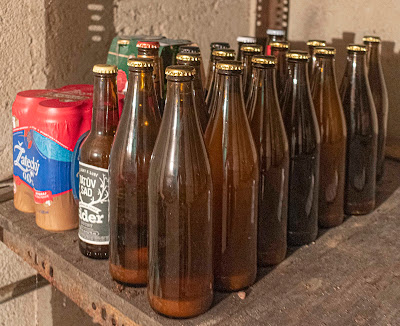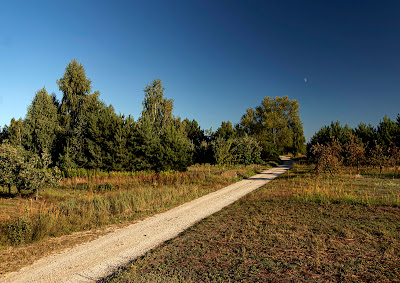Launched on 20 August, Luis Elizondo's Imminent is already No. 1 in Amazon's Astrophysics and Space Science category, and No. 2 across all book categories. Lue Elizondo is currently busy on the podcast and video circuit; for those aspiring to have a well-visited channel in the UFO category, he is a must-have guest. Or at least Imminent must feature as this week's lead topic.
The blurb: "Former head of the Pentagon program investigating UFOs—now known as Unidentified Anomalous Phenomena (UAP)—reveals long-hidden truths with profound implications for not only national security but our understanding of the universe."
Is his story true? What's convincing about it, and what isn't? These are not the deluded ramblings of a New Ager wanting to sell some healing merch off the back of the book sales. Lue Elizondo, who came to the public's attention after the New York Times bombshell article in December 2017, is a serious man from the US national security establishment, as are Garry Nolan, Christopher Mellon, Hal Putoff, Eric Davies, Jay Stratton, James Lacatski, David Fravor, David Grusch.
Mr Elizondo's message to the US government is – "you owe it to humanity to come into the open about what you know of the presence of non-human intelligence among us".
But could we cope with this knowledge?
I think not.
As I have been watching the interviews and reading the reviews, I have been thinking long and hard about the unintended consequences of mankind suddenly learning – officially, and in an unfalsifiable matter – that we are not the apex predator on this planet. That we are not the apex technological species on our planet. That non-human intelligences with superior technologies come and go as they wish. That they abduct humans. That they are interested in our nuclear programmes. That we have no clues as to their motives or purpose here.
Coincidentally, while watching the latest in the Rest is History series about the fate of the Plains Indians in 19th century America, the following quote by Dominic Sandbrook leapt out as relevant: "When Columbus landed on Hispaniola and the Spaniards started arriving, the Taíno – the indigenous people – were wiped out by disease and cruelty. There were descriptions of them just sitting down, staring into space, baffled that everything they had taken for granted, the rhythm of their life, their faith, their sense of what the world was, what the human condition was, had just been utterly destroyed."
I could imagine that such a fate befalling mankind upon suddenly coming receiving indubitable proof that we are not alone. Ontological shock. Are the visitors benevolent – or are they an existential threat to our species? How would our spiritual views be affected by the knowledge that a higher intelligence has mastered, say, time travel, or faster-than-light travel, or inter-dimensional travel? That has harnessed energy sources beyond our understanding of physics? We would grasp the truth: we have been living in Plato's cave all along.
So – is there a disclosure agenda? Is there one faction within the Washington establishment pushing for UFO disclosure, competing with rival factions that want to continue the cover-up for as long as possible?
Acclimatisation – the steady drip-drip-drip of insinuation, rumours, ambiguous footage, pop-culture tropes – means that as a species, as a civilisation, we are more ready today to accept that we are not alone in the universe, not alone as an intelligent species on our planet that 100 years ago. UFOs-as-entertainment is here. The History Channel with its shows that leave viewers wondering whether there isn't a grain of truth among the bullshit.
I would suggest that it will still take many generations, and that Disclosure will happen within eight billion minds one by one. Each mind will be prepared, and changed, at their own pace, as quickly or as slowly as it takes for them to accept as much, or as little, as they can cope with.
So many questions. Mine focus on the spiritual, on the hierarchy of spiritual evolution and where our consciousnesses, the souls of which our bodies are containers, lie on the continuum from zero to one. And where on that spiritual continuum those extraterrestrial – or extradimensional, or extratemporal – beings are to be found. My greatest fear would be to discover that we are more spiritually developed than these beings, even though they are greatly advanced technologically.
This time last year:
Dawn tourism – the sights without the crowds
This time two years ago:
Bike-ride to the past
This time six years ago:
The journey there, and the journey back again
This time seven years ago:
Sandomierz - another outstanding Polish town to see
This time nine years ago:
Food hygiene and lies as Russian foreign policy tools
This time ten years ago:
Asphalt for ul. Poloneza (to Krasnowolska at least)
This time 11 years ago:
A welcome splash of colour to a drab car park
This time 12 years ago:
To Hel and back in 36 hours
This time 14 years ago:
Honing the Art of the Written Word
This time 15 years ago:
Of castles, dams and brass bands

























